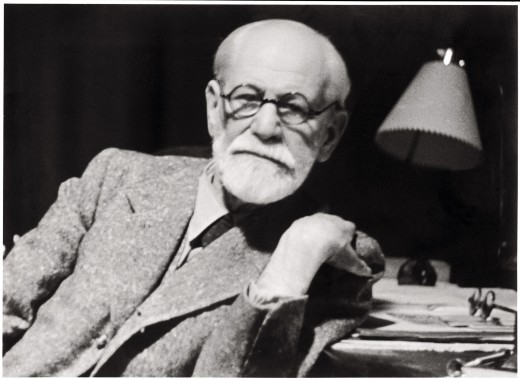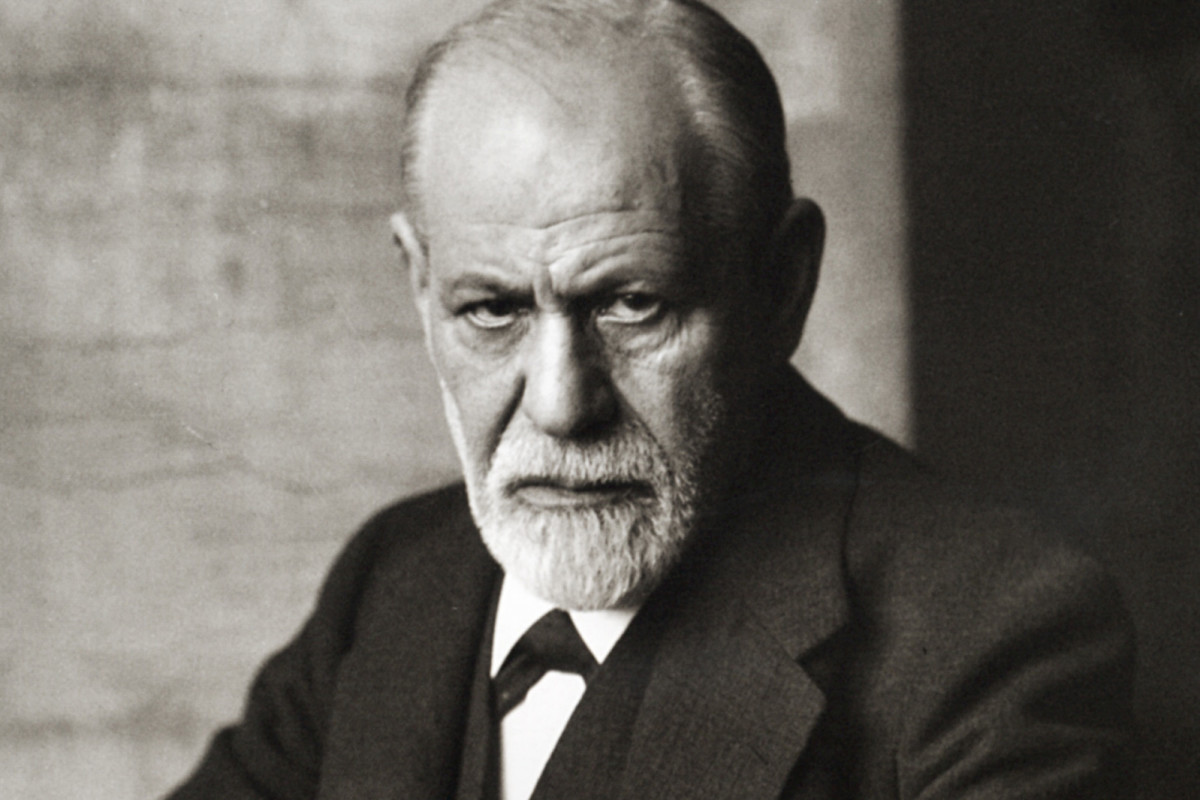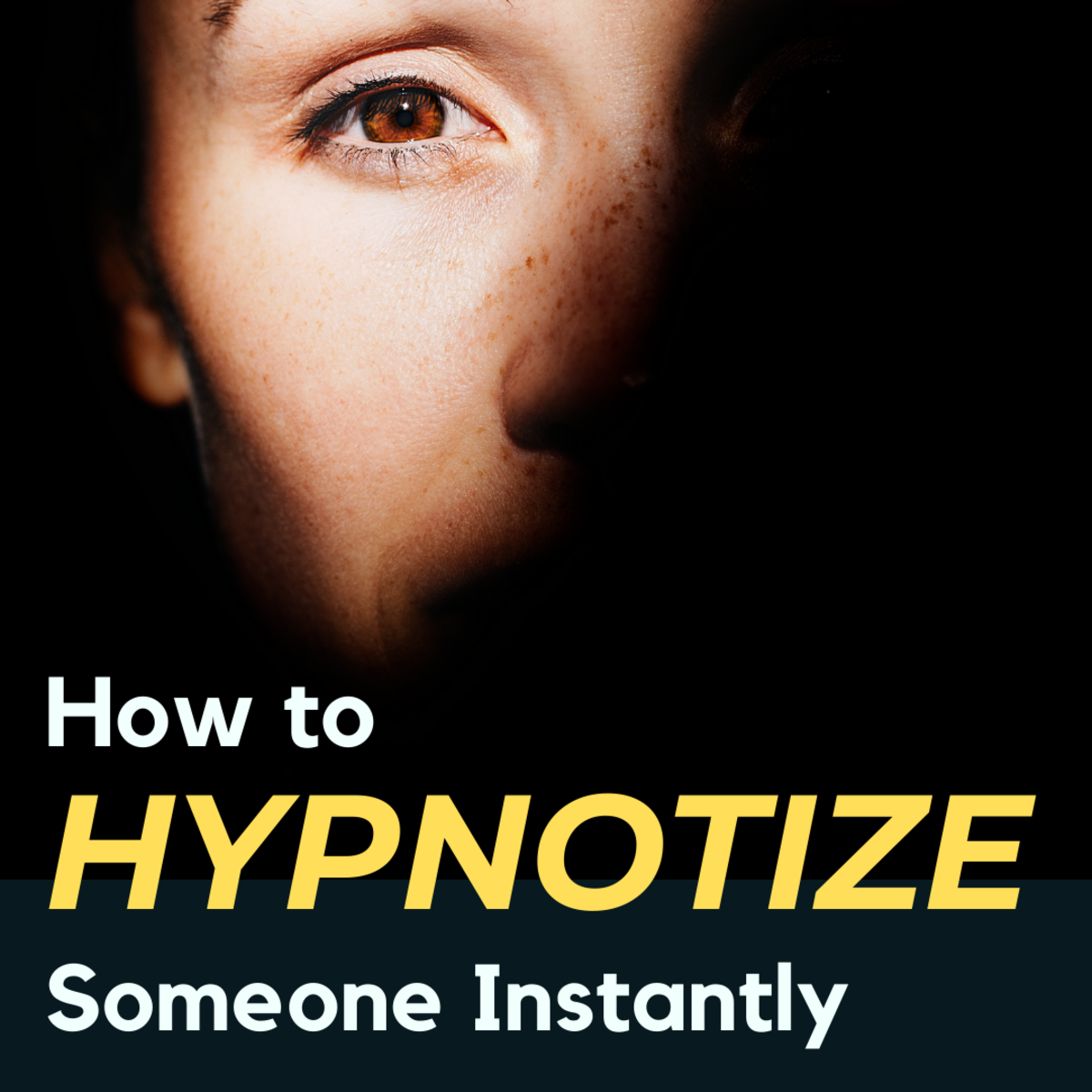Sigmund Freud on Dreams

One way that Sigmund Freud explores facets of personality that are unconscious, is through dreams. Dreams can reveal to us, if interpreted, some of the eternal struggle represented in his theory on personality. Particularly it reveals some of the desires of the Id and the Ego’s struggle to resist them. The Id is the structure of the mind with basic dives and acts according to a pleasure principle and to avoid pain. The Ego functions on the reality principle and tries to satisfy the Id in a realistic fashion.
The idea of using dreams to understand the workings of the mind is one that some might consider to be insignificant. Freud states this might be due to the fact that dream interpretation “carries with it the taint of the unscientific and arouses the suspicion of personal leanings towards mysticism.” (Psychoanalysis, p.75). There is also the problem that dreams are misleading and unclear. Nevertheless, dreams are an intriguing phenomena that can reveal some aspects of what occurs in the “Intermediate condition between sleep and waking.” (Psychoanalysis, p.75). Perhaps quite unique aspects can be revealed in dreams since unlike waking life we do not have much control over the path our thoughts take.
The purpose of dreams themselves is a highly debated topic. Freud states that it seems dreams “must be remnant of the mental activity of waking life disturbing sleep,” (Psychoanalysis, p.80) since sleep has a primary restorative role and dreams appear to be a disruption of that. Indeed, if deep sleep is needed for body maintenance and recuperation, why do we need to dream at all in lighter stages? Yet even if we do not get enough delta sleep we can still dream in the lighter stages of sleep. If we are severely sleep deprived we will begin to hallucinate. It does seem that images, ideas and themes from the previous day make their way into our dreams. Does that mean dreams are necessary or only that while we fall into sleep progressing from alpha, theta to delta sleep, our brain is still operating under alpha and theta? Or is it a necessary component in how we process the information from the day? Freud mentions that real noises occurring while we are sleeping can be molded into our dreams, such as alarm clocks being changed to sirens, implying that our ability to process and interpret information is still functioning on some level. Whether they have a specific purpose or not remember that many theorists, including Freud, believe that a great deal of automatic thinking occurs unconsciously in our day to day lives and dreams may be one method to tap into that.
Freud states when one asks a person to interpret their own dreams, “Only he does not know what he knows, and therefore thinks he does not.” Psychoanalysis, p.91). We are assuming that dreams have a deeper meaning and “to say that dreams have meaning is to assert that they are intelligible, and even intellectual operations of man; to understand them is to experience their intelligibility.” (Freud & Philosophy, p.88). Some dream theorists state that dreams are merely the cause of random firings of neurons in the brain. Other theories suggest that at some level dreams aid us in working over situations and problems that are influencing our lives. They do not necessarily have any more meaning that that, although it is a valid possibility. He compares sleep to hypnosis, which may be valid since the state of awareness in hypnosis, as with meditation and sleep, is all in the alpha to theta brainwaves we experience. He makes the comparison to say that a hypnotized individual believes they do not remember an event, they indeed can when pressured. Likewise when someone states they do not understand a dream they can eventually. While in both cases we are trying to tap into a brain state that is more intuition, free flow ideas and symbolic, hypnosis can bring out memories whereas with dreams we have something more fluid and intangible to work with.

Under the assumption that dreams have meaning Freud then labels the actual dream the Manifest content and the meaningful element the Latent content. The dream interpreter has to then get the individual to look at each element in the dream and try to draw associations from that.
“The conception of the dream element is as follows: it is not in itself a primary and essential thing, a ‘thought proper’, but a substitute for something else unknown to the person concerned, just as it is the underlying intention of the error, a substitute for something the knowledge of which is indeed possessed by the dreamer and inaccessible to him.” (Psychoanalysis, p, 102).
The mind while awake often remembers through associations. Logically we can assume that we are not aware of all the associations we make and thus they would not immediately occur to us unless we thought about it. If something does disturb us it is conceivable we could forget the associations we link to it. Freud insists every element has an association that leads to the actual latent content of the dream. Not every element of a dream may be meaningful and indeed some dreams may be entirely manifest content.
It is hard to insist we only have dreams with manifest content. Someone can be betrayed by someone they love in their childhood and then have reoccurring nightmares of a Dr Jekyll and Mr Hyde nature, where people suddenly become frightening. So dreams can reflect a trauma of the past. The can have stress dreams related to work where they are fired, make a huge mistake or some policy changes to make life more difficult. Dreams can represent issues we have in the present. We can also have dreams about our possible future, perhaps wish-fulfillment dreams.
Through Freud’s analysis of children’s dreams he came to the conclusion that all dreams are wish fulfillment. This a dramatic leap in thought. First he assumes that children only dream literally with no symbols. Yet children learn early to draw associations between things and are bombarded with symbols. Secondly, he assumes that children only dream of wish fulfillment based on the previous day. From this basis he states we all have some wishes expressed in dreams that are unacceptable. This is called distortion, which “is due to the censorship exercised, by certain recognizable tendencies of the ego, over desires of an offensive nature.” (Psychoanalysis, p.113). In fact when someone shows resistance to making certain vasodilatations then that element always proves to be most important. The activity of the ego which causes censorship is what leads to the difficulty understanding dreams. An example Freud uses to show censorship is that of a middle-aged woman dreaming she is offering sex services to help the army, but anything in the conversation that was in fact sexual was reduced to muttering, like they were intentionally muffled.
An Introduction to Sigmund Freud's The Interpretation of Dreams - A Macat Psychology Analysis










